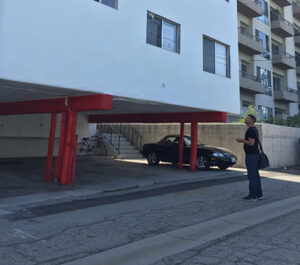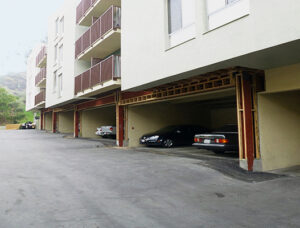 
On January 22nd, 2019, the City of Oakland joined other Bay Area cities by passing a resolution to institute a mandatory soft-story retrofit program. The resolution, introduced by Council member Dan Kalb and Mayor Libby Schaaf, is designed to save lives and reduce the potential for housing displacement in Oakland in the event of a major earthquake. The legislation requires that soft-story wood frame buildings with two to seven stories, five or more residential units, and built prior to 1991, be seismically retrofitted. The new program is similar to programs already implemented in San Francisco, Berkeley, Alameda, Fremont, and San Leandro. Which types of buildings are targeted under this ordinance? What is the time frame to comply with the mandatory wood soft-story ordinance?
What does it mean if a building owner receives a seismic ordinance notification? Where can I get further information on the Oakland seismic ordinances? For information on other city seismic ordinances, please click on the Degenkolb website. If there are any further questions, please contact: Lucie Fougner, Associate Principal at Degenkolb Engineers Kirk Johnston, Principal at Degenkolb Engineers |
Breaking News: City of Oakland to become the next city to implement a mandatory seismic ordinance
1.30.2019
Related Articles

Tricia Ruby Named Firm’s Chief Financial Officer
Degenkolb Engineers welcomes new CFO With more than 30 years in the AEC industry, Tricia Ruby, was appointed as Degenkolb Engineers Chief Financial Officer,...

Intern Spotlight 2025
As summer hits its stride, Degenkolb Engineers and Ruby+Associates, a Degenkolb Company, are proud to welcome our largest class of structural engineering interns yet. Spanning...

Degenkolb Receives “Best in Education” Honor at SE 2050 Summit
At Degenkolb Engineers, we believe that education is the foundation of climate action—especially when it comes to reducing embodied carbon in the built environment. We’re...

Celebrating Growth: 2025 Mid-Year Promotions
At Degenkolb Engineers and Ruby+Associates, a Degenkolb Company, growth isn’t just about projects—it’s about people. As we hit the halfway mark of 2025, we’re thrilled...